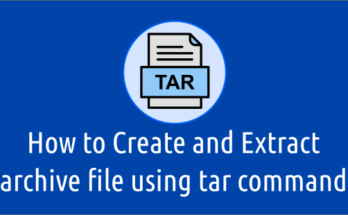
How to Check Linux System Hardware Information
Getting Linux system hardware information is not a difficult task for Linux users when using the graphical user interface ‘GUI’, but it can be a complicated task for Linux users …
How to Check Linux System Hardware Information Read More








